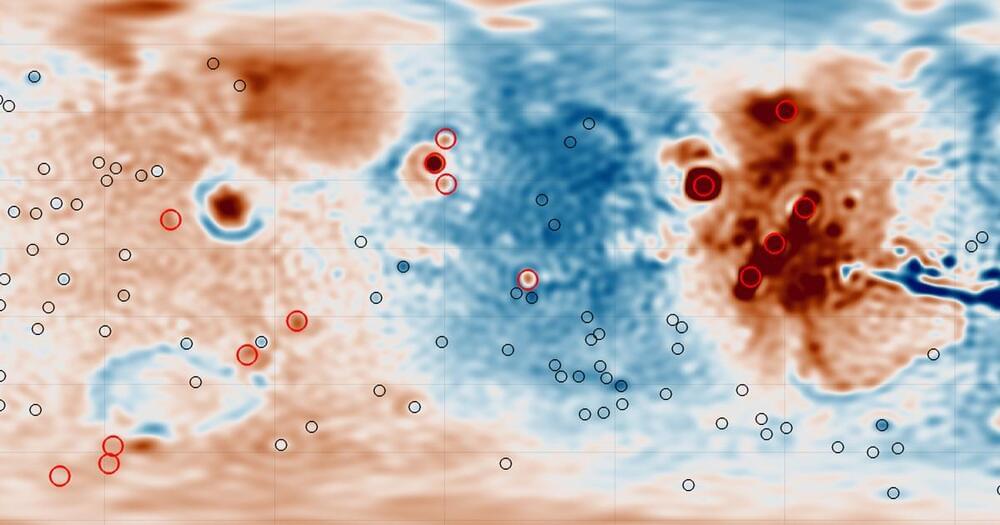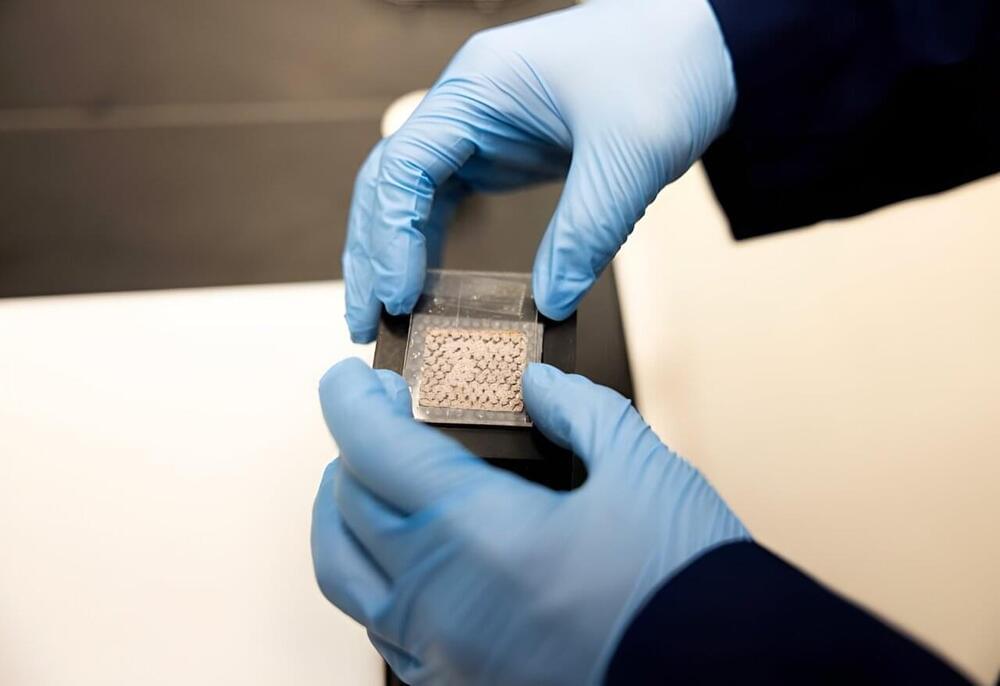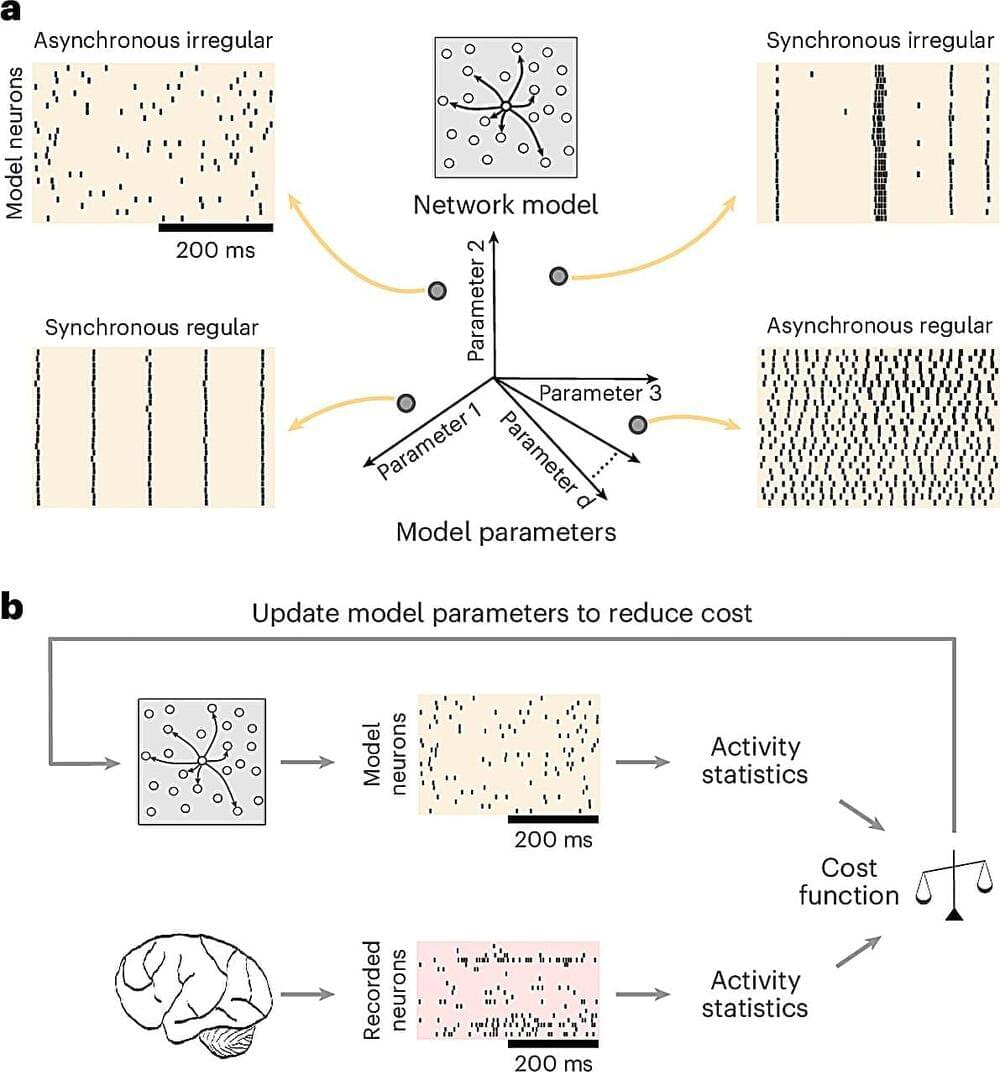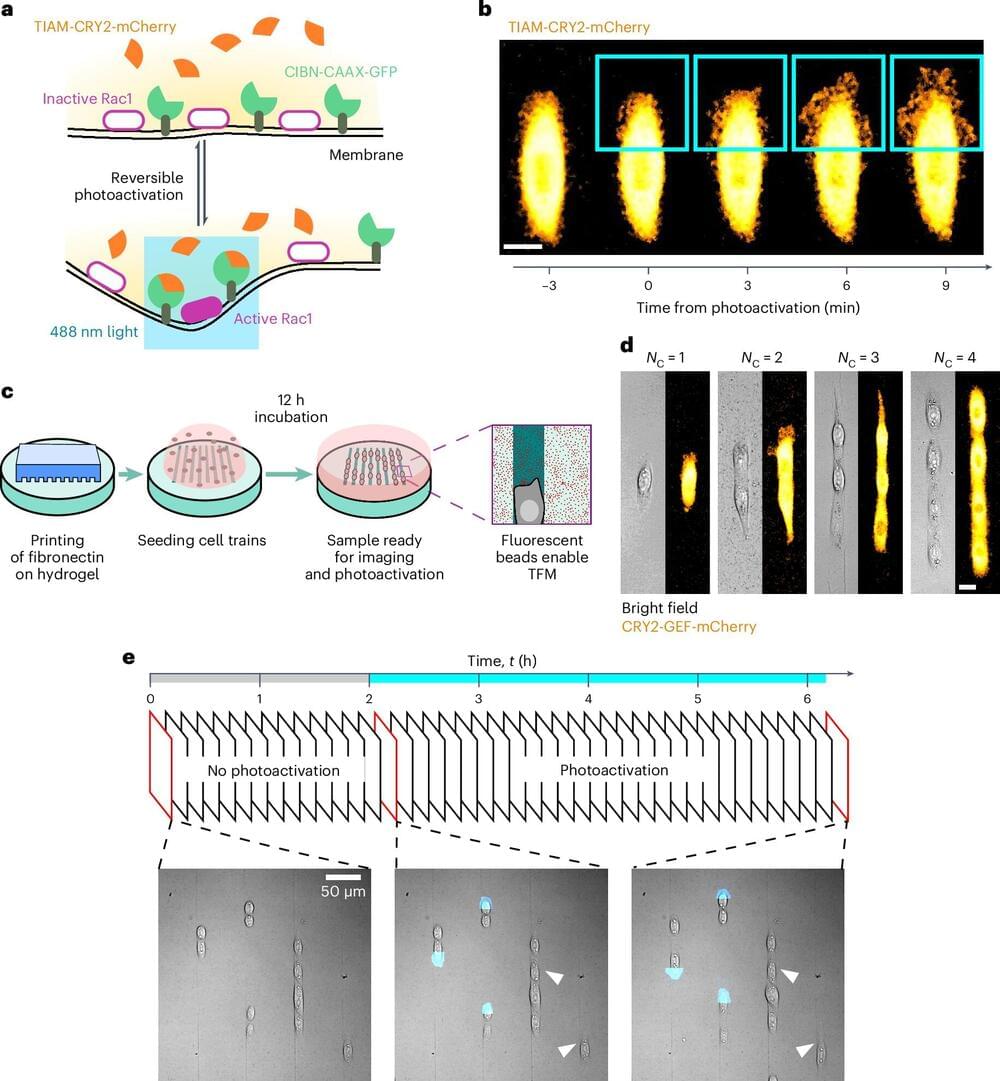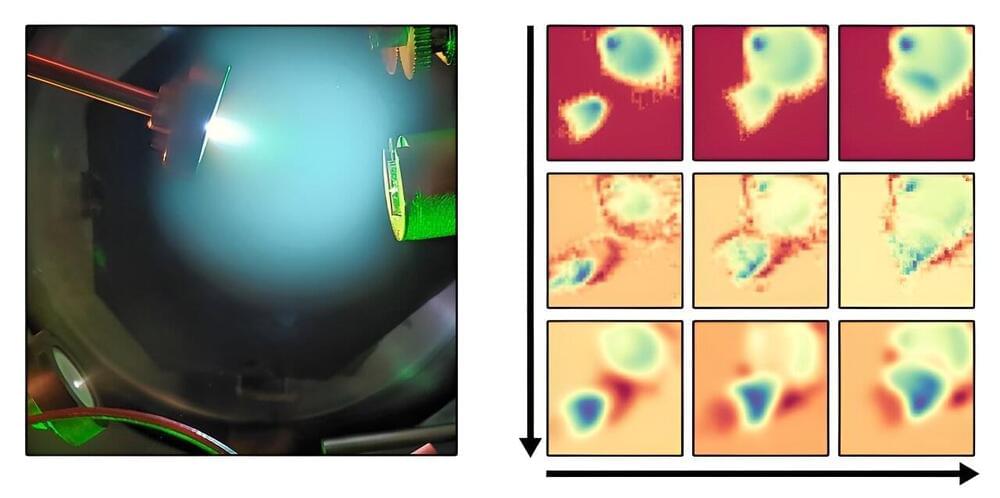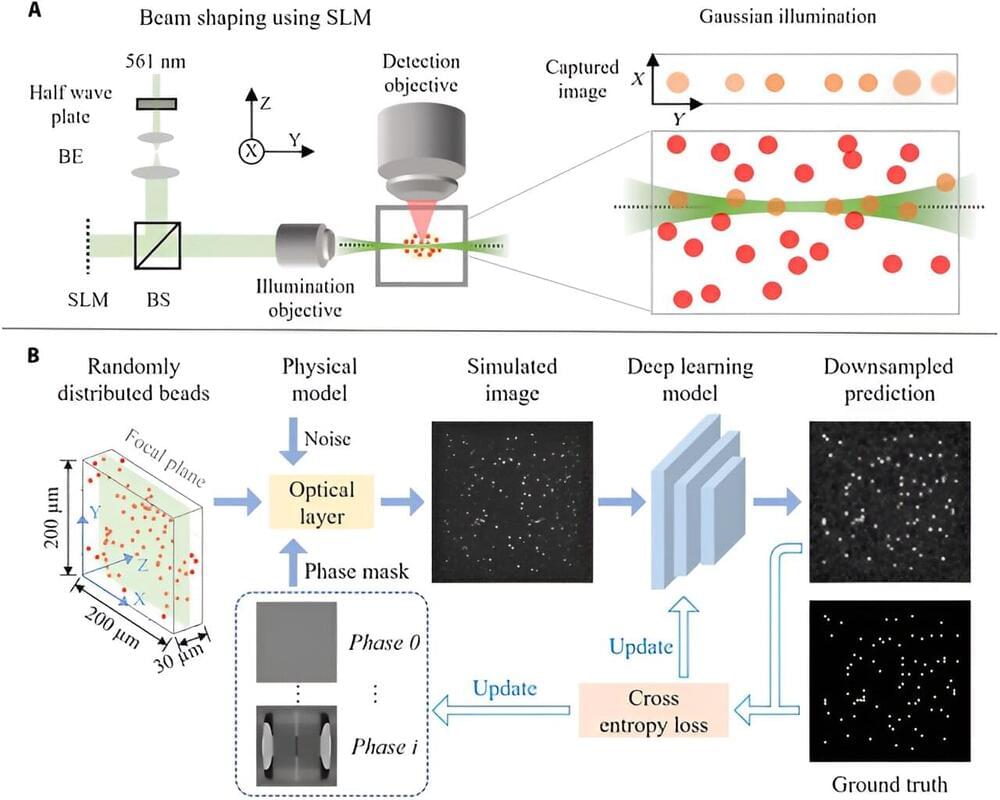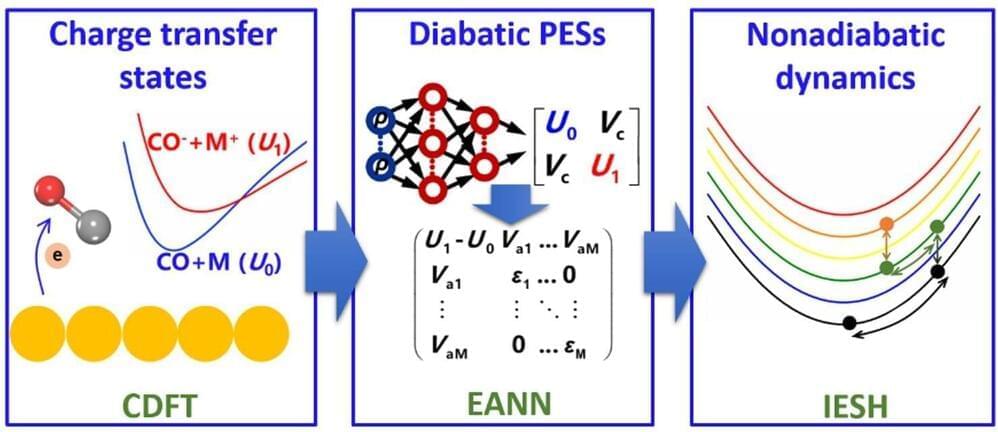Over the weekend, the aerospace giant’s Starliner softly touched down in the New Mexico desert, bookending a disastrous first crewed test flight.
But NASA astronauts Butch Wilmore and Suni Williams are still stranded on board the International Space Station after the space agency deemed Starliner too dangerous for their return.
And instead of trying to spin the landing into a victory, Boeing executives have been eerily quiet since. Two executives who were scheduled to speak at a post-landing press conference at NASA’s Johnson Space Center, seemingly decided last minute not to show up.

